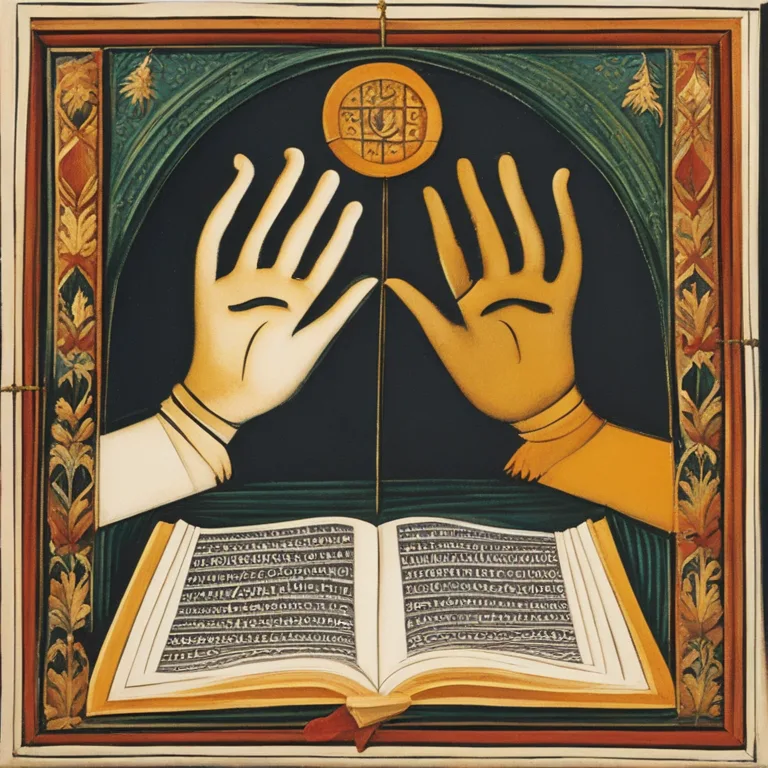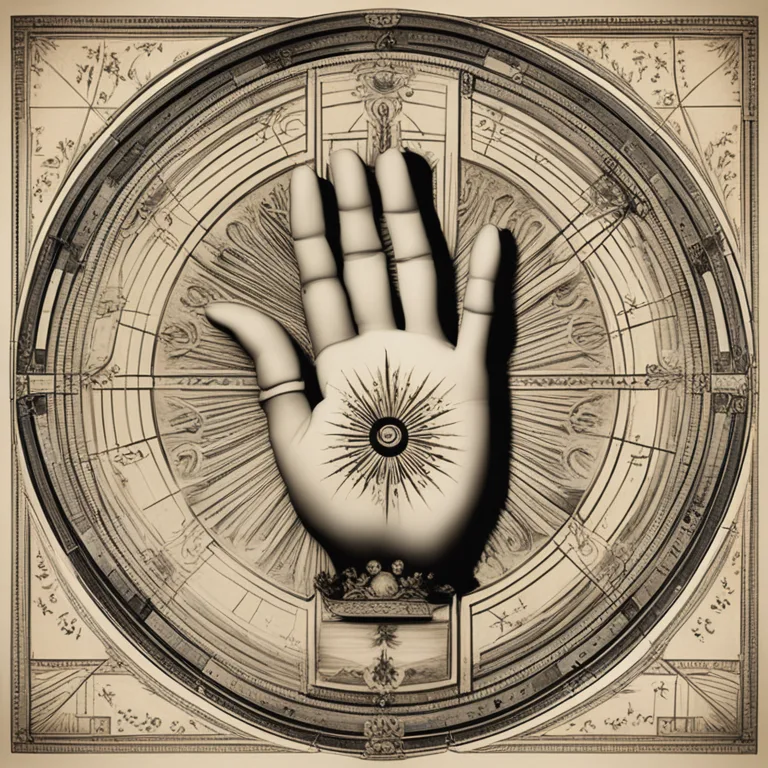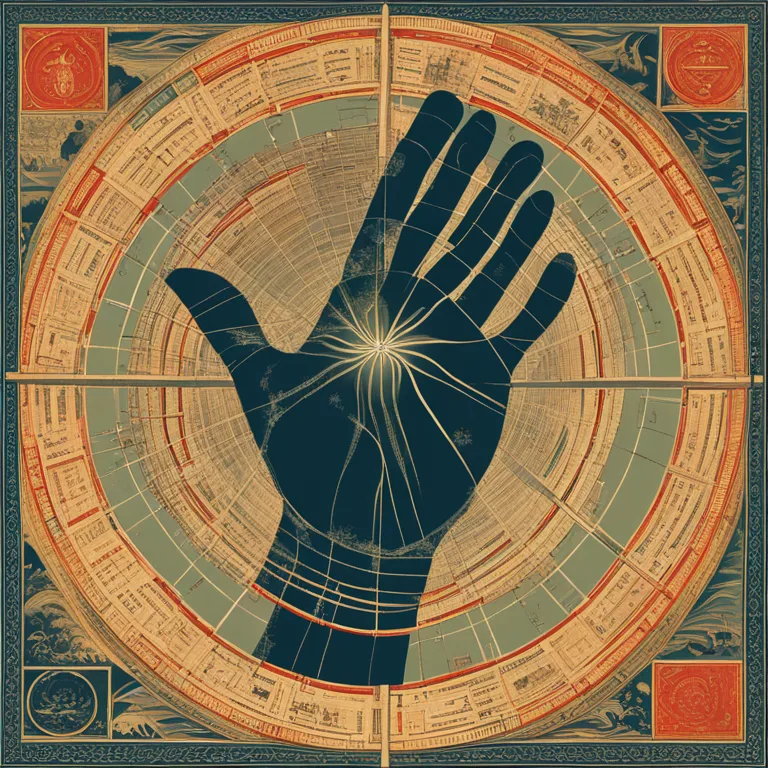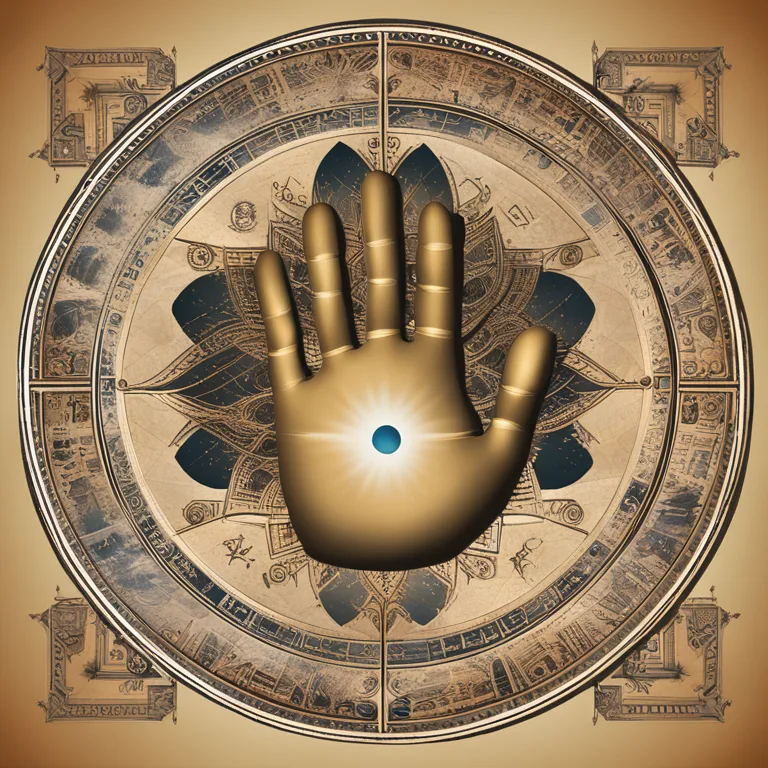
The Rich Tapestry of Palmistry's Past
Delve into the mystical journey of palmistry through time, uncovering its ancient roots and cultural significance across civilizations.
article by Nora Pennington
Ancient Beginnings
Palmistry, or chiromancy, boasts an ancient lineage, tracing back thousands of years. It's believed to have originated in India, from where it spread across Asia. Early Vedic texts introduce palmistry as a sacred art, teaching individuals to see the hand as a microcosm of the universe itself. Incorporating astrology and planetary influences, these texts laid the groundwork for what would evolve across centuries. These roots demonstrate not only a quest for personal understanding but also reflect the human desire to divine the future and our place within it.

Expansion Across Cultures
As trade routes opened and civilizations interacted, palmistry garnered worldwide attention. In China, it was refined alongside traditional Chinese medicine, emphasizing the link between one's life force, or Qi, and their life's journey. The Greeks, too, examined it under the lens of Hippocratic medicine, where philosophers like Aristotle documented its principles. Then, during the spread of the Roman Empire, palmistry made its way across Europe, entwining with local belief systems and evolving with each cultural touch.

The Middle Ages and Palmistry
In the Middle Ages, Western palmistry encountered a tumultuous period, often associated with witchcraft and therefore suppressed. However, this didn't stop the practice from flourishing in secrecy. The Roma people, widely recognized for their psychic services, played a crucial role in keeping palmistry alive during these times. As a nomadic culture, they could spread the knowledge of palmistry further, sustaining its practice until the Renaissance's more liberal atmosphere provided a safer space for its resurgence.

Renaissance Revival
The Renaissance era signalled a renewed interest in ancient knowledge, placing palmistry back into the light. Scholars and mystics, fascinated by the occult, began to study palmistry with fervor, translating and documenting ancient texts. This period brought a more systematic approach to palm reading, paving the way for palmistry to become a subject of intrigue among the educated and noble classes. It was amid this intellectual climate that palmistry truly began to be regarded as a blend of art and science.

Modern Developments
The modern era of palmistry began with figures such as Captain Casimir Stanislas D'Arpentigny and William G. Benham, who strove to categorize hand shapes and lines into distinct types and meanings. The 20th century saw a scientific interest in the field, with the emergence of studies like dermatoglyphics, which explores the patterns on fingers and hands for genetic and medical research. Today's technologically advanced society has not overshadowed palmistry but instead has given it a new platform online, where palm reading continues to intrigue individuals seeking insight into their personal lives.
Palmistry's Contemporary Context
In our current age, palmistry has found a comfortable niche among other esoteric practices. With the widespread appeal of New Age spirituality, palmistry is often featured alongside tarot readings, astrology, and energy work. Contemporary palmists may combine traditional teachings with psychological aspects, offering a more holistic interpretation to those seeking self-awareness and guidance. Furthermore, digital platforms have made palmistry more accessible than ever, connecting seekers with practitioners regardless of geographical distances.
Published: 1/3/2024
Modified: 1/3/2024
More predictions
Come back here soon to learn more about yourself and your future


Exploring The Secrets of Palmistry
Delve into the ancient art of palmistry and discover how the lines on your hands can mirror the pathways of your life and fate.


The Art Of Palmistry
Delve into the ancient practice of Palmistry to discover how the lines and shapes on your palm reveal aspects of your personality and destiny.


The Secrets In Your Palm
Discover the intriguing world of palmistry and what the lines on your palm can reveal about your personality, destiny, and life path.